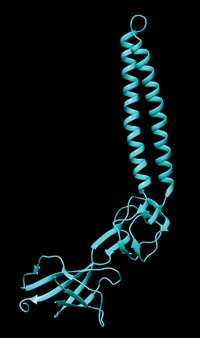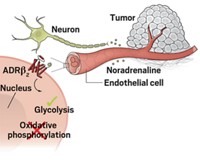Advertisement
Grab your lab coat. Let's get started
Welcome!
Welcome!
Create an account below to get 6 C&EN articles per month, receive newsletters and more - all free.
It seems this is your first time logging in online. Please enter the following information to continue.
As an ACS member you automatically get access to this site. All we need is few more details to create your reading experience.
Not you? Sign in with a different account.
Not you? Sign in with a different account.
ERROR 1
ERROR 1
ERROR 2
ERROR 2
ERROR 2
ERROR 2
ERROR 2
Password and Confirm password must match.
If you have an ACS member number, please enter it here so we can link this account to your membership. (optional)
ERROR 2
ACS values your privacy. By submitting your information, you are gaining access to C&EN and subscribing to our weekly newsletter. We use the information you provide to make your reading experience better, and we will never sell your data to third party members.
Biological Chemistry
Hydrogen Peroxide Guides Immune Cells
Leukocytes are imaged rushing to an injury site in response to an H2O2 plume created by a protein called dual oxidase
by Sarah Everts
June 8, 2009
| A version of this story appeared in
Volume 87, Issue 23

When tissue is wounded by a cut, immune cells called leukocytes rush hundreds of micrometers to the injury to defend against opportunistic pathogens attempting to start an infection at the site. But how those immune cells find the wound has long kept scientists guessing. A research team led by Philipp Niethammer and Timothy J. Mitchison of Harvard Medical School proposes that a hydrogen peroxide concentration gradient guides immune cells to the wound—at least in the zebrafish they tested but perhaps in other animals, too (Nature, DOI: 10.1038/nature08119). The scientists found that three minutes after they cut zebrafish tail fins, a protein called dual oxidase creates a plume of H2O2. "This is the first observation, to our knowledge, of a tissue-scale H2O2 pattern, and the first evidence that H2O2 signals to leukocytes in tissues," the researchers write. They hypothesize that the H2O2 gradient system "evolved to have two useful roles in early responses to epithelial wounding: local killing of invading bacteria and rapid recruitment of phagocytic leukocytes from distant sites."





Join the conversation
Contact the reporter
Submit a Letter to the Editor for publication
Engage with us on Twitter